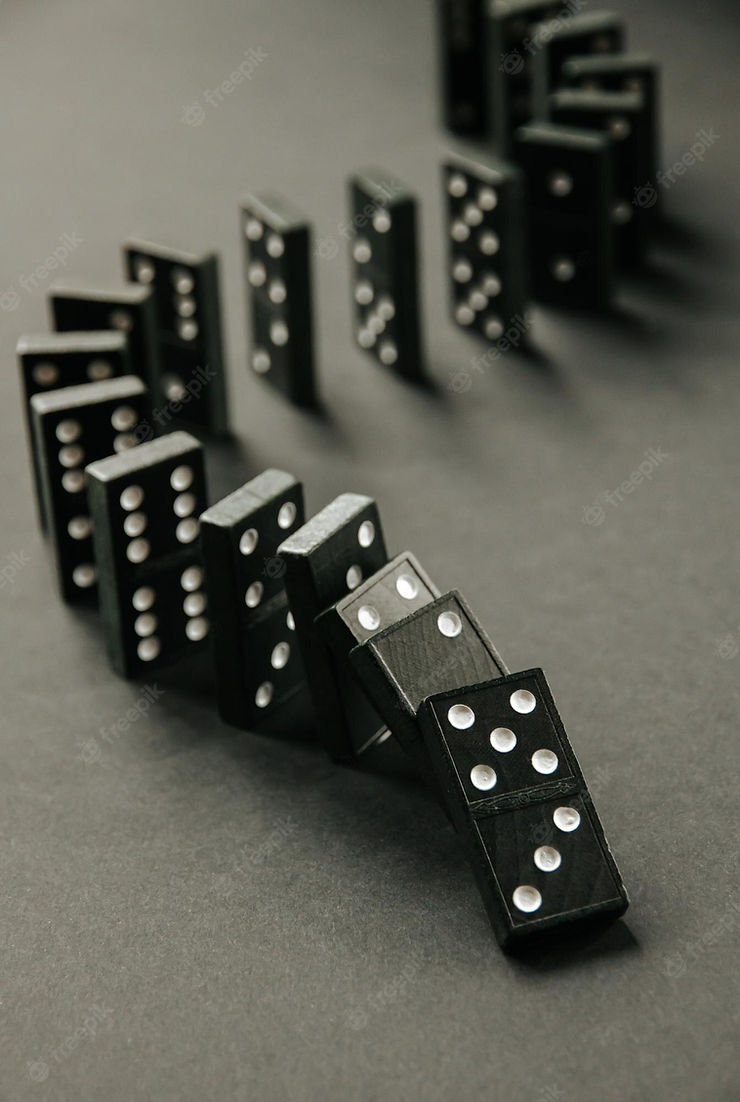By: Derek Chang
A researcher teamed up with a physicist to study how dominoes topple. They found that friction plays a big part in how fast a domino chain reaction topples.
To use dominoes, you have to set up the dominoes in such a way that when one falls, it will hit the next one, and so on. When you’re done, just knock over the first one, and the chain reaction starts.
The researcher, David Cantor, works at Polytechnique Montréal in Quebec, Canada. The physicist, Kajetan Wojtacki, is a friend of David’s and works at the Institute of Fundamental Technological Research.
The team decided to study dominoes because they’re very popular. David said, “It’s a problem that is so natural. Everybody plays with dominoes.” Since dominoes are more fun with a friend, David decided to team up, as he thought it would also be fun to work together on the research.
They used a computer to exactly simulate what would happen if the dominoes toppled. After the pair were done with the simulation, they could reset it, change a factor, and simulate it again.
They found that the friction between domino to domino and the friction between the dominoes and the ground all play a big role in determining how fast the chain reaction finishes.
The fastest combination was to have dominoes that have less friction when they hit each other, but have a lot of friction to the ground. The slowest way was the other way around. The dominoes would have a lot of friction to each other, but have less friction to the ground.
This is because less energy is lost without much friction between dominoes. However, less friction to the ground will cause the dominoes to slip back and delay hitting the next domino.
The team even found an equation to find exactly how long it would take for the dominoes to topple.
Source:https://s3.amazonaws.com/appforest_uf/f1658072133548x532345641378538560/When%20dominoes%20fall%2C%20how%20fast%20the%20row%20topples%20depends%20on%20friction%20_%20Science%20News%20for%20Students.pdf











